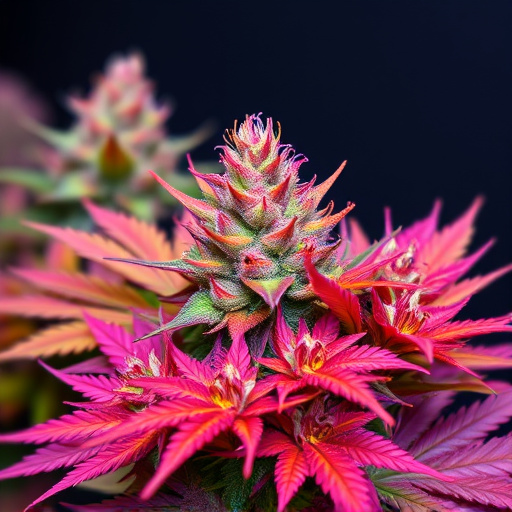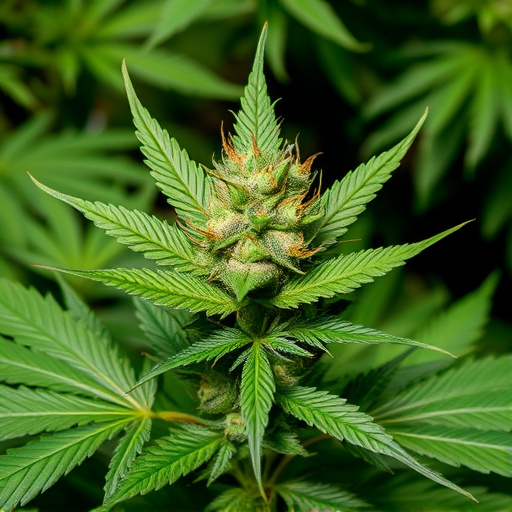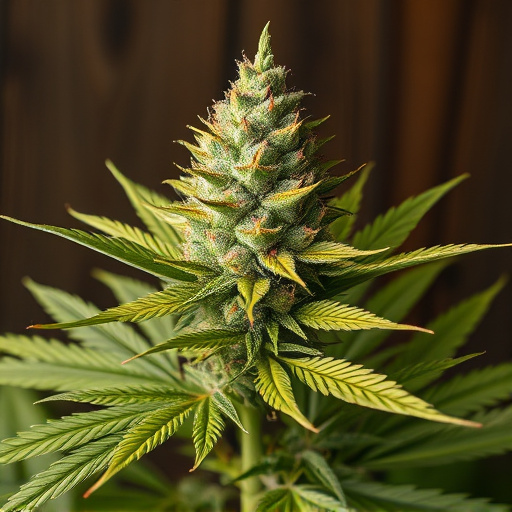Landrace cannabis strains are indigenous, naturally evolved varieties named after their geographic origins, featuring unique cannabinoid and terpene profiles that offer distinct aromas, flavors, and potential therapeutic effects. Valued for resilience and adaptability, these original strains serve as a crucial resource for modern breeding programs focused on preserving genetic diversity while enhancing yield and medicinal properties, forming the basis of contemporary hybrid breeds. Landraces also hold cultural significance, connecting us to cannabis' historical roots and presenting opportunities for novel compound discoveries and advanced product development.
“Discover the fascinating world of landrace cannabis strains, the original genetic foundations from which modern varieties evolved. This article explores the rich history and distinct characteristics of these ancient plants, tracing their journey from wild origins to cultivated varieties.
We’ll delve into how landraces have adapted over time, highlighting their unique benefits and diverse applications. From their robust flavors and potent effects to medicinal properties, landrace strains offer a wealth of potential for both enthusiasts and researchers.”
- Understanding Landrace Cannabis Strains: Origins and Characteristics
- The Evolution of Landraces: From Wild Plants to Cultivated Varieties
- Unlocking the Potential: Benefits and Applications of Landrace Strains
Understanding Landrace Cannabis Strains: Origins and Characteristics
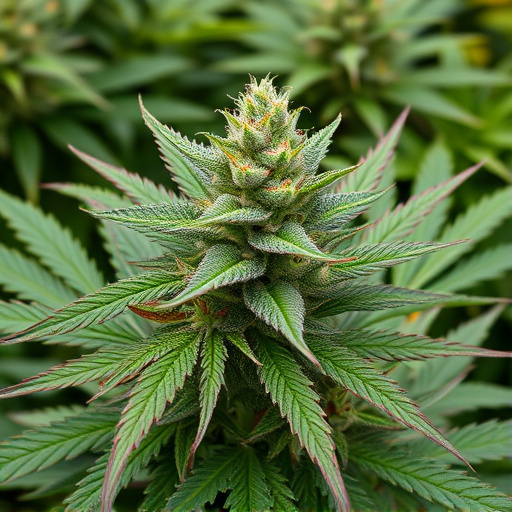
Landrace cannabis strains are the original, indigenous varieties of cannabis that have evolved naturally in specific geographic regions over centuries. These strains represent the plant’s natural history and are often named after their places of origin, such as Afghanistan, Mexico, or Thailand. Understanding landrace strains is crucial for cannabis enthusiasts and researchers alike, as they form the foundation of modern hybrid breeds.
Each landrace strain possesses unique characteristics, including distinct cannabinoid profiles and terpene compositions. These attributes contribute to the strain’s signature aroma, flavor, and potential therapeutic effects. Landraces are known for their resilience and adaptability to local climates, making them a valuable resource for breeding new varieties with improved yields or specific medicinal properties while preserving the genetic diversity of the plant.
The Evolution of Landraces: From Wild Plants to Cultivated Varieties
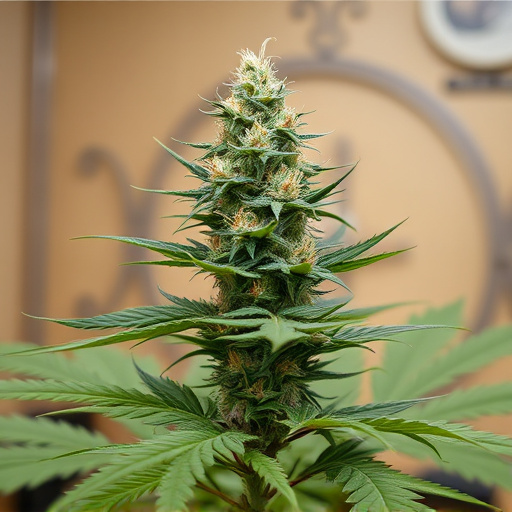
The evolution of landraces, or original strains of cannabis, is a fascinating journey from wild plants to cultivated varieties. It all began in remote regions where cannabis naturally grew and evolved over thousands of years. These early strains adapted to their specific environments—some flourished in mountainous areas, while others thrived in arid deserts—developing unique characteristics and diverse chemical profiles.
Over time, humans noticed these distinct plants and began cultivating them for various purposes. Early farmers selected and bred the most desirable landraces for their medicinal properties, yield, or resistance to local pests. This selective breeding process refined the genetic makeup of cannabis, resulting in strains that were better suited to human needs while retaining some of the unique traits from their wild ancestors.
Unlocking the Potential: Benefits and Applications of Landrace Strains

Landrace cannabis strains, as the name suggests, are the original strains of cannabis that have been cultivated and selected over generations in specific geographic regions. These indigenous varieties possess unique genetic characteristics adapted to their local environments, making them a treasure trove for cannabis enthusiasts and researchers alike. Unlocking the potential of landrace strains offers a range of benefits and applications.
For starters, these original strains often exhibit remarkable levels of terpene profiles and cannabinoid content, contributing to diverse therapeutic effects. Many landrace varieties are renowned for their high CBD or THC concentrations, catering to various medical conditions. Their genetic diversity allows for the exploration of novel compounds, potentially leading to new treatments and improved cannabis products. Moreover, landrace strains have cultural significance, preserving traditional knowledge and practices associated with cannabis cultivation, ensuring a connection to its historical roots.
Landrace cannabis strains, as the original forms of this plant, hold immense value both culturally and pharmacologically. Their unique characteristics and evolving histories offer benefits and applications that have captivated both scientists and enthusiasts alike. By understanding and preserving these authentic strains, we not only safeguard our botanical heritage but also unlock potential advancements in medicine, agriculture, and the overall cannabis experience.






